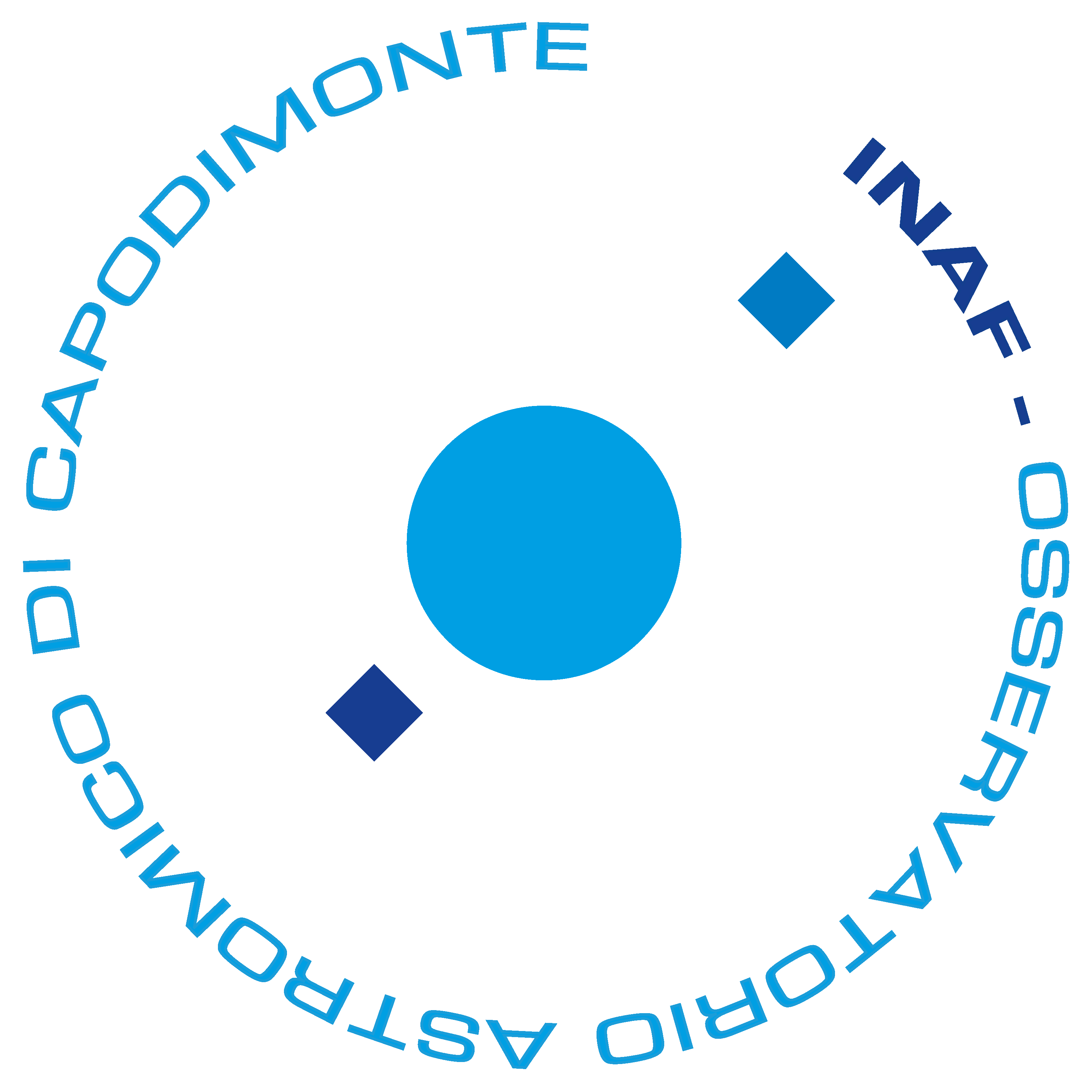Michele Delli Veneri (2016)
Abstract
One of the most important problem in observational cosmology is to build large samples of galaxies with well measured physical parameters. In order to achieve such goal it is crucial to obtain the estimate of their distances: a task which is usually performed using the well known correlation between distance and recession velocity discovered by Edwin Hubble in 1929 also known as Hubble’s law:
d = H0 × z
where z is the so called redshift. As we shall see in what follows this crucial parameter can be measured by exploiting the Doppler effect induced by the recession velocity on both the position of the spectral lines (spectroscopic redshifts) or on the shape of the continuum (photometric redshifts). This work focuses on the derivation of photometric redshifts for a large sample of quasars using a machine learning method and, in particular, tries to better characterize the so called ”catastrophic outliers”, i.e. the objects for which the method fails in making a correct prediction. The Machine learning method we used is the so called ”Multi Layer Perceptron with Quasi Newton Algorithm” or MLPQNA which will be detailed in what follows. To train and test our network, we used a multi-band quasars data-set built by crossmatching four different astronomical surveys.
Relatori:
- Longo, Giuseppe – Università degli studi di Napoli Federico II
- Brescia, Massimo – INAF OACN
- Cavuoti, Stefano – Università degli studi di Napoli Federico II

